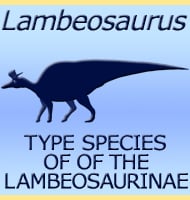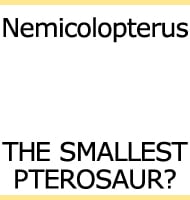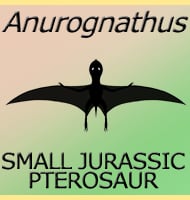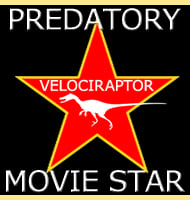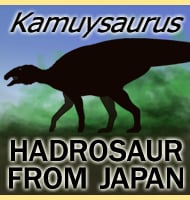In Depth
Concavenator is certainly different from the other known theropod dinosaurs that came before it. Its most striking feature is the protrusion above its hips that is caused by the extension of two presacral vertebrae. Its speculated that these vertebrae would have supported either a sail or hump structure. Theories as to its purpose include a device to enhance thermo-regulation to simply being a means of recognising others of its species. Some have even suggested that it could have been used to store fatty tissue to better survive prolonged periods without food.
Structures for what appear to be quill knobs have been found on the ulna of the fore arms. If this interpretation is accurate, then Concavenator may have displayed sparse protofeathers from its lower arms. Unfortunately no feathers have been found preserved with the specimen so clarification may have to wait until further specimens can be found. A later study (Cuesta Fidalgo et al – 2018) considered the possibility that the quill knobs may actually be down to muscular scarring.
However, impressions that were found along with the skeletal material show that Concavenator had wide rectangular scales on the underside of the tail and feet that resembled those of a bird with a covering of scutes and plantar pads on the underside.
Further Reading
– A bizarre, humped Carcharodontosauria (Theropoda) from the Lower Cretaceous of Spain. – Nature 467:203-206 – F. Ortega, F. Escaco & J. L. Sanz – 2010. – Ulnar bumps of Concavenator: Quill Knobs or Muscular scar? Myological Reconstruction of the forelimb of Concavenator corcovatus (Lower Cretaceous, Las Hoyas, Spain). – Abstracts of papers of the 75th Annual Meeting of the Society of Vertebrate Paleontology: 111-112. – Elena Cuesta Fidalgo, Francisco Ortega & Jose, Luis Sanz – 2018.


